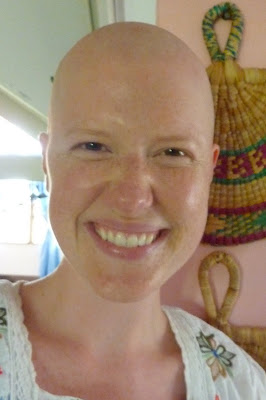Keur Madiabel: A Short Stay in the Countryside
As a small detour from my volunteer work in Kaolack, one of the largest cities in Senegal, I took a short trip to visit a medium-sized village of about 4,000 inhabitants, called Keur Madiabel, to see how agricultural work transpires in this region. My thoughts were lively and contemplative during my stay. How I love the African countryside! It is full of splendor, with its brusque vegetation and looming trees that cannot be compared. All that I cherish about Africa is represented in its natural context: its overcoming spirit in the face of extreme difficulty—how farmers work the earth with diligent and intensive labor under the boiling sun; in its aptitude for survival amidst destructive travails—the unbelievably hearty vegetation that grows in spite of limited water and nutritive resources; and in its conviviality and hospitality—the symbiotic relationship trees have with plants, enriching the soil and the health of the crops.
About half of the children living with my host family
I spent two days living with a family, learning more about Senegalese family life and visiting hibiscus and peanut fields, even participating in the amassing of the peanut crop into one large mound. The family with whom I lodged was typically Senegalese in that several generations were present from the grandparents to the great-grandchildren. A partial fence divided the familial complex to distinguish the family members of two sons of the matriarch from whom stemmed the family. As I was repeatedly informed, there were no sentimental boundaries—everyone was from the same family and mobility was uninhibited. One could easily eat lunch with one side or the other. In fact, on the second day, I chose to eat with the family members residing on the other side of the fence because I preferred what they were having for lunch. Senegalese households have revolving doors at lunchtime where even strangers may enter and expect to receive access to the communal bowl or to the leftovers.
As for my work in the fields, on my first day, I was given the grand tour by donkey cart of the surrounding countryside. It was a 2.5 hour round-trip to a certain hibiscus field tended by an association of women. What I found particularly intriguing was the political nature of this association: the government purchased the land and the inputs for the women, giving them the right to cultivate and harvest the crop, at which point the government would purchase the entire yield. One of the women stated that it was a political act, an attempt to please the people of this village in which lives one of the local leaders. I am simply riveted by the way the government operates here in Senegal, jumbling corruption, charity, and business in a diverse number of sectors. The following day, we worked in the peanut fields, moving small, dried mounds of peanut plants to one large mound from which the peanut grains would be removed in a centralized fashion. My hosts were surprised to see a Tubab toiling alongside the local farmers. Laughing always accompanies appreciation in which I am able to develop a rapport with the locals thanks to my willingness to participate in their work.
Tip #5 for Surviving in Senegal: Out in the bush, hold on tightly to the donkey or horse cart you may find yourself riding; otherwise you might fall off. One of the main forms of transportation in the countryside is the donkey or horse cart. Due to the poor road conditions and the sporadic speeds at which the animals move, it is best to be on guard and latch on to the cart with all your might. You never know when that donkey will start trotting or when that horse will hit a big pothole, flinging the contents of the cart in every direction. Enjoy the ride! I find it is the best way to appreciate the Senegalese landscape.









Comments